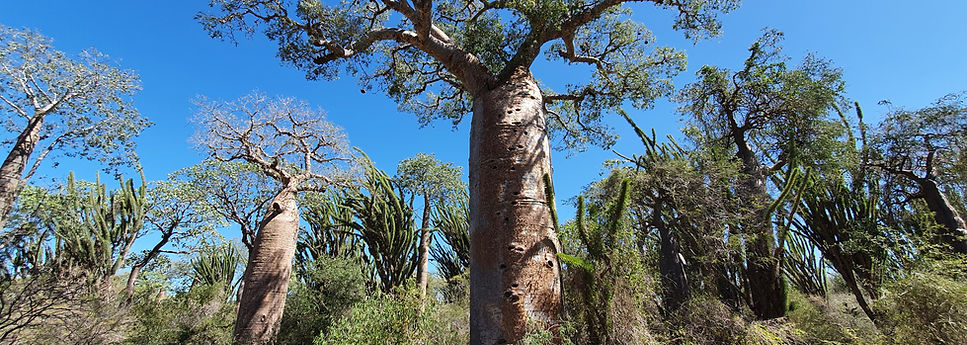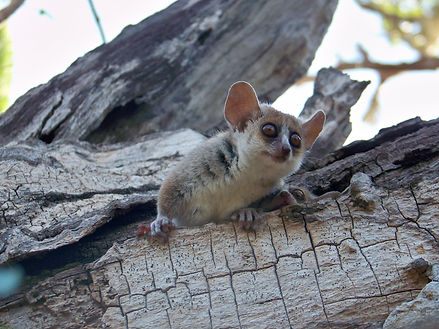

Restoration of the thorny bush of South West Madagascar
Ny Harena has been appointed as manager of an 11 Ha forest plot in the thorny bush of South West Madagascar, in the commune of Mangily (Belalanda, Toliara). The aim of this first project is to restore this forest plot whose wood was partly removed for construction but also for charcoal production. The final aim of the project would be to subsequently acquire new forest plots in the immediate vicinity to increase the protected area and favorable habitats for the development of fauna and flora, but also to work with neighboring owners in order to more broadly harmonize the management of the thorny bush and thus ensure connections between biodiversity reservoirs, offering species favorable conditions for their movement and the completion of their life cycle.
Step 1: Preserve what exists
Due to population growth, the demand for wood is exploding (construction wood for houses but also for canoes, charcoal wood), the edges of the thorny bush are retreating considerably. This plot is located less than 2 km from the seaside village of Mangily and in the immediate vicinity of one of the main tracks used to penetrate further into the forest.
In order to preserve the existing status of this plot and avoid further removal , the first actions to be taken are as follows:
Creation of a plant barrier, slowing down human intrusion but also the intrusion of domestic livestock. To do this, it is planned to plant Sogno ( Didierea madagascariensis) around the entire perimeter of the plot.
Setting up a guard. Due to the proximity of this plot to the village, guarding is essential to preserve the existing structure and ensure that wood removals are stopped. This solution therefore also creates jobs.

Step 2: Restore and diversify
Once the removals and intrusions of domestic livestock have been brought under control, the project will aim to restore this plot, in particular through actions involving the translocation of young shoots and the planting of seedlings of local forest species.
One of the approaches implemented to promote the repopulation of forests in this plot consists of the translocation of young plants recovered from under mature trees which would not have been able to develop because they were too close to them.
The second restoration technique will use the planting of young plants of native species produced in a nursery. To do this, a small sector within this plot will be allocated to the creation and management of this nursery. The seeds used for the production of young plants will be collected within the forest, but some seeds of local plant species absent from the plot will be purchased. In order to ensure the operation of this nursery, the construction of a well is essential in this arid zone. In order to relieve the work of the nursery keeper, a solar pump will be installed on this well.


Step 3: Raise awareness and involve

It is crucial to raise awareness among future generations about the preservation of forests, as they play a vital role in maintaining the ecological balance of our planet. To achieve this, it is essential to involve teachers in public and private schools so that they can convey to students the importance of protecting these vital spaces. Indeed, the forest is not only a natural resource; it constitutes a complex and interconnected ecosystem on which many animal and plant species depend. In addition, forests regulate the climate, purify the air and water, and support local communities. By teaching these issues from an early age, we can raise awareness among younger generations and encourage them to become agents of change for a sustainable future.
The Ny Harena association thus plans to involve public and private primary school teachers from Mangily in order to build educational projects allowing teachers and students to take part in the association's actions: help with the operation of the nursery, replanting actions, etc.
Volunteer teachers, with the help of members of the association, will be able to create an educational module presenting the thorny bush forest ecosystem: its role, the species present, and the importance of preserving it.
